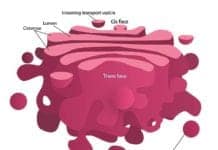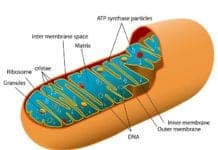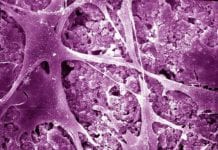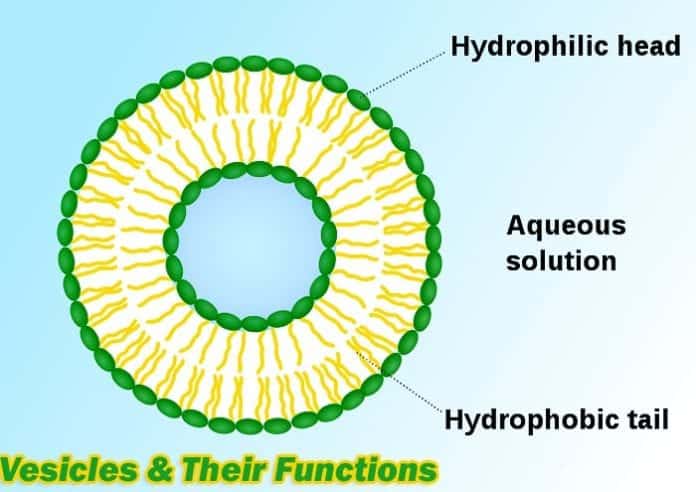
Vesicle Functions: Anatomically, a cell comprises various organelles that function in an organized manner to carry out metabolic processes. Among these organelles is a tiny intra or extracellular structure that is enclosed by a lipid membrane, usually carrying fluid, called Vesicle.
Table of Contents
Vesicles are typically temporary structures formed during the secretion or uptake of molecules from or into the cell, respectively. Vesicles help in transporting substances in the cell.
Vesicles are formed when by the pinching off of the cell membrane of the endoplasmic reticulum or Golgi apparatus, or if an extracellular substance gets surrounded by the cell membrane. The formation of cysts involves a set of coat proteins that form the rounded shape of the cyst. These proteins help to engulf material that must be transported within the vesicle.
Another type of protein, called the SNARE proteins, and presented on both the vesicle & the target membrane and helps in the fusion of the vesicle with the membrane.
Vesicles can fuse with the cell membrane as well as organelle membranes because they are enclosed by a lipid bilayer. Due to this, they can move in and out of the cell, as well as between organelles like Golgi bodies and Endoplasmic reticulum.
Vesicles are vital because they have a wide variety of functions that contribute to the proper functioning of the cell, such as packaging, storage, digestion, transport, cell communication, metabolic pathways, and others. Among these, its most important function is that of transport.
A closer look at types of vesicles gives insight into their varied functions and significance. Let’s explore them below:
Types of Vesicles
Different types of cysts are found within the cell with various functions.
- Vacuoles: These are tiny lipid-enclosed structures that usually contain water and are mostly seen in plants and certain bacteria. They are used for regulating osmotic pressure in the cell.
- Lysosomes: Lysosomes are a type of vesicle which is involved in cellular digestion. A lysosome contains proteolytic enzymes that can break down food molecules.
- Peroxisomes: Similar to lysosomes, peroxisomes are specialized vesicles that contain hydrogen peroxide. These vesicles are primarily involved in cellular oxidation reactions.
- Transport vesicles: As the name suggests, these are tiny sacs enclosed by a lipid bilayer that is heavily involved in the transport of materials from and to the cell and between organelles.
- Secretory vesicles: A type of specialized vesicle that carries substances out of the cell. They usually generate from the Golgi apparatus.
- Synaptic vesicles: A type of specialized vesicle found in the types of neurons that store and transport neurotransmitter molecules.
- Extracellular vesicles: Extracellular vesicles are found outside the cell and are used for transport into the cell. These type of vesicles are seen in both eukaryotic and prokaryotic cells.
- Gas vesicles: These are found in bacteria and provide buoyancy to the cell.
![]()
Vesicle Functions
1. Transport
The primary purpose of vesicles is to transport materials between organelles and into the cell. Different types of transport vesicles are found budding off and transporting substances from the smooth endoplasmic reticulum to the rough endoplasmic reticulum for processing, as well as from the Golgi apparatus.
Vesicles also help carry substances into the nucleus across the nuclear membrane. Proteins that require processing are transported throughout the cell from one organelle to another in vesicles. Two major types of transport mechanisms involve the use of vesicles.
Endocytosis
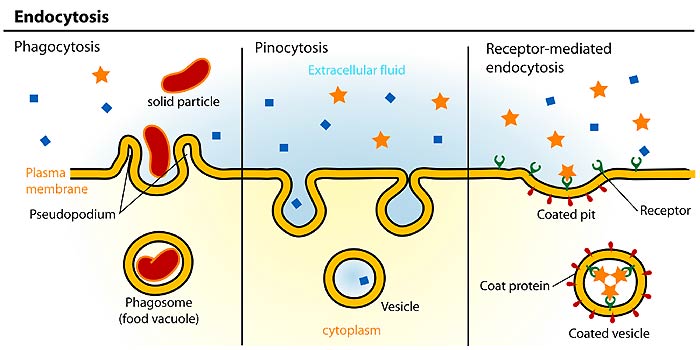
- Endocytosis is when substances and molecules are transported into the cell from the extracellular environment. This process uses vesicles as the primary means of transport. There are three types of endocytosis – phagocytosis, pinocytosis, and receptor-mediated phagocytosis.
- Phagocytosis involves the formation of a food vesicle following the engulfment of food particles or whole cells like bacterial cells. This results in the formation of a vesicle known as the phagosome. The phagocytic vesicle then fuses with a lysosome to digest and break down the contents.
- Pinocytosis is a similar process, but it includes fluid molecules or water being engulfed by tiny vesicles into the cell.
- Receptor-mediated endocytosis is an endocytosis that allows the uptake of particular molecules into the cell based on the presence of receptors specific to that molecule on the cell membrane. Once a molecule has been selected, it is transported in vesicles.
Exocytosis
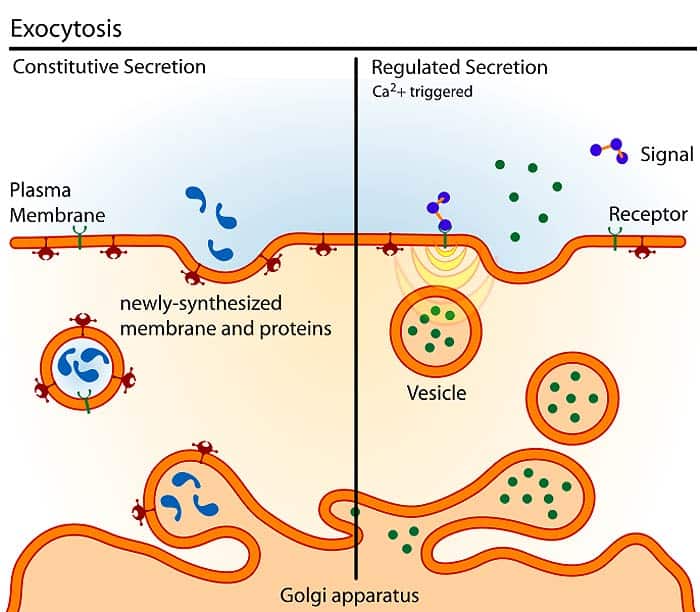
- Exocytosis is a process in which substances move out of the cell. Secretory vesicles that bud off the Golgi apparatus travel to the cell membrane, where they fuse and release contents to the cell’s exterior.
![]()
2. Storage
Vesicles play a role in the storage of macromolecules like starch or enzymes required for metabolic and cellular processes in the cytoplasm.
- Certain transporter molecules necessary for glucose transport are also stored in vesicles. Acetylcholine, a neurotransmitter, is stored in storage vesicles in the neurons.
- When a signal is received, this vesicle fuses with the cell membrane to release acetylcholine into the synaptic cleft to transmit this signal to the next cell.
![]()
3. Digestion
As discussed earlier, through phagocytosis and pinocytosis, vesicles help in digestion and break down food macromolecules and fluids that are ingested by the cell.
![]()
4. Metabolism
Lysosomes are vesicles containing metabolic proteolytic enzymes that help break down and metabolize food particles.
![]()
5. Osmotic Pressure
Small vesicles (also known as gas vacuoles) are present in some bacteria and plankton species, which help them to remain afloat and provide buoyancy to the cell.
![]()
6. Oxidation
Peroxisomes are small vesicles that contain hydrolytic enzymes like hydrogen peroxidase that perform oxidation reactions in the cell.
![]()
7. Removal of Waste
Vesicles are used by the cell to remove waste products from the exterior. Secretory vesicles fuse with the cell membrane to release waste products and toxic molecules to the outside of the cell.
![]()
8. Release of Chemicals & Hormones
Some vesicles store hormones and other small chemical messengers released at a specific time upon receiving a signal. The release of these substances from the vesicle causes the desired reaction to occur only when a signal is received.
![]()
9. Cell to Cell Communication
The function of vesicles in cell communication is seen in some types of bacteria. These bacteria produce small molecules or toxins that are stored in membrane vesicles. The membrane vesicles are released into the environment and cause processes that favor the bacterial invasion of the target cell.
Another example of the cell to cell communication is that of neuronal cells, where vesicles release neurotransmitters into the inter-neuronal space or synapse. This process causes a signal to be transmitted across the nerve fiber. A similar mechanism is seen in cardiac cells, where vesicles transmit signals from one cell to another in the cardiac tissue.
![]()
The study of vesicle formation, structure, and function has enabled scientists to produce artificial vesicles called liposomes that are extensively used in gene transfer or drug delivery processes for therapy. The liposome has at least one lipid layer surrounding the drug or gene to be delivered to ensure the vesicle fuses with the target cell membrane.
Further research in this area can open up new possibilities of therapy for many diseases and conditions.
![]()




